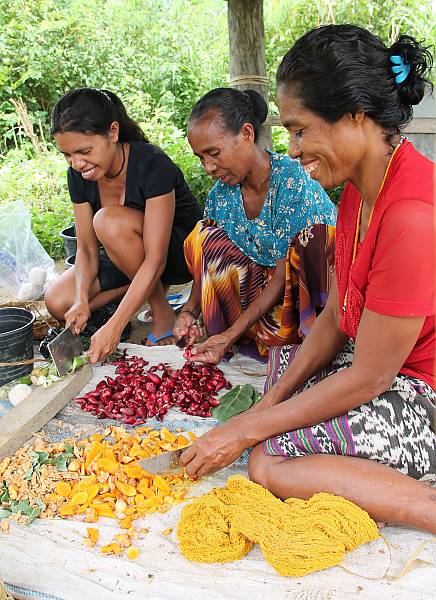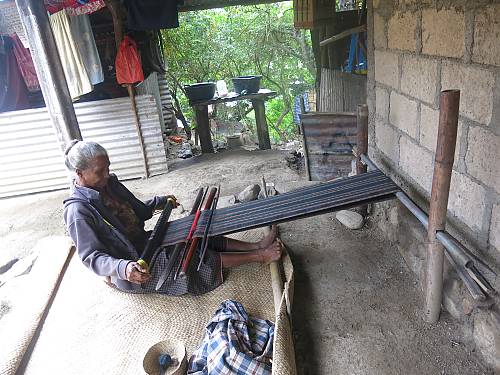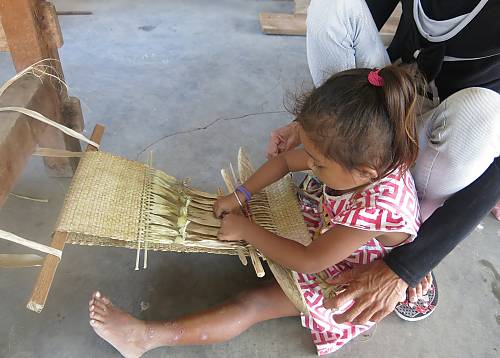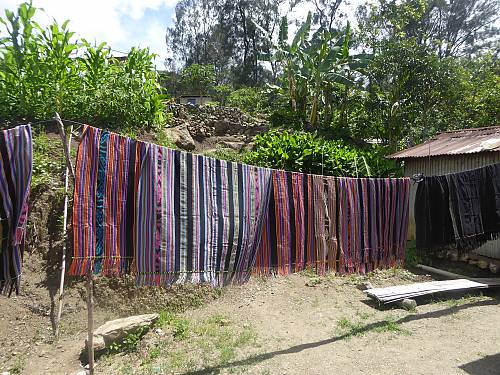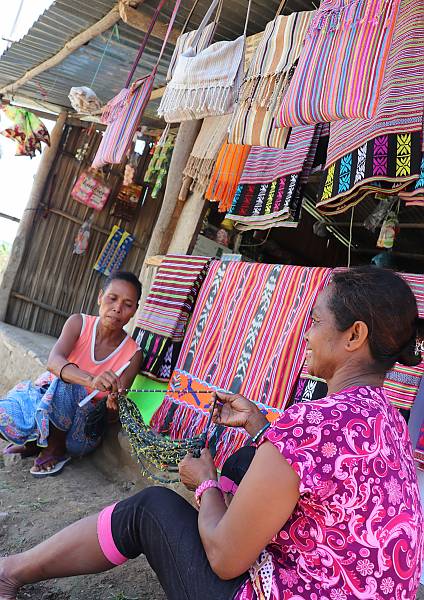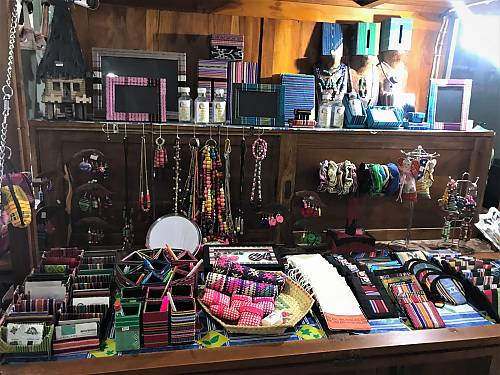Tais, traditional textile
Inscribed in 2021 (16.COM) on the List of Intangible Cultural Heritage in Need of Urgent Safeguarding

Tais, the handwoven traditional textile in Timor-Leste, plays an important role in the life of Timorese people. The textile is used for decoration and to create traditional clothing with specific styles for men and women. People use Tais to welcome new-borns as well as for traditional ceremonies and festivals. Tais is also a means of expressing cultural identity and social class, as the colours and motifs used vary from one group to the next. Finally, the textile is used as an object of value, such as for dowries or to strengthen ties between families. Made from cotton dyed with natural plants, Tais is traditionally handwoven using simple equipment. The production process, however, is quite complex and time-consuming and entails preparing and dyeing the cotton and weaving the material. Although men may participate in the process by gathering plants to dye the cotton and making the equipment, the production of Tais is a role reserved for women, who are also responsible for passing the knowledge and skills on to the next generation. The practice is threatened by several factors, including a preference for modern clothing among younger generations, the replacement of local, handmade materials with industrial alternatives, inadequate income generation and an ever-decreasing number of weavers.

